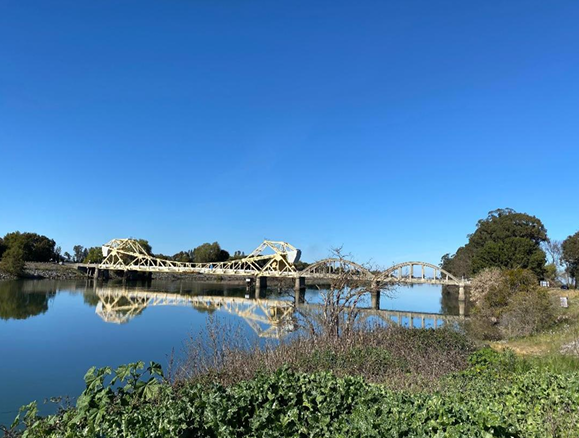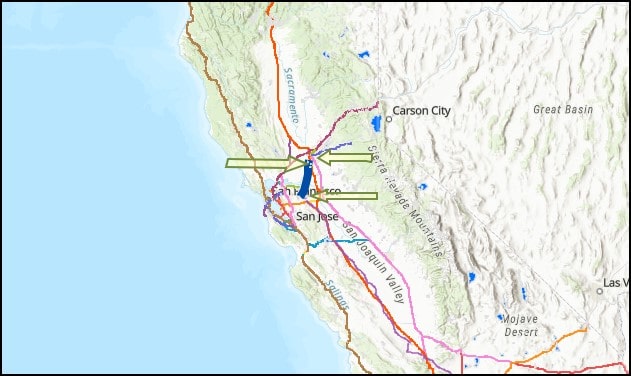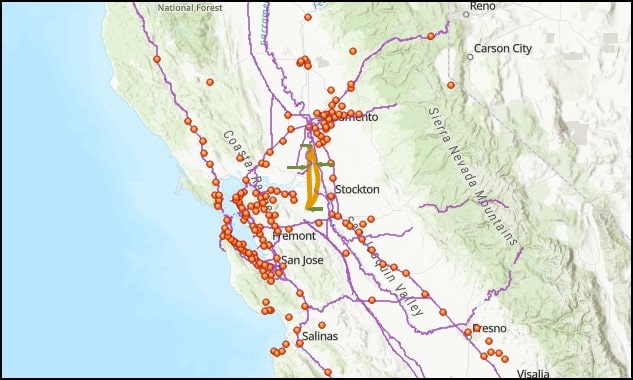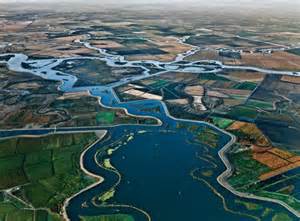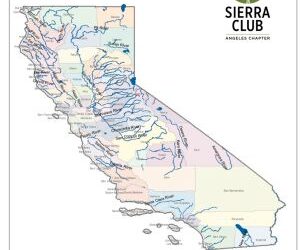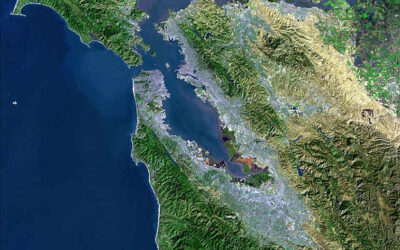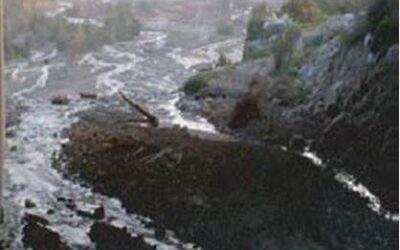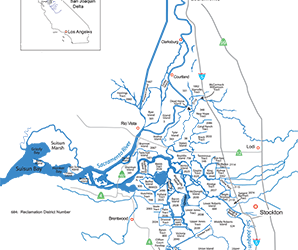Sacramento-
San Joaquin
Bay Delta
View Sacramento-San Joaquin Delta Posts
Watch “The Bay Delta: A Threatened Resource” Webinar
Watch “Biodiversity and Water in the SF Bay” Webinar
Watch “The Delta Tunnel Project: Not a Solution for Southern California’s Water Needs” Webinar
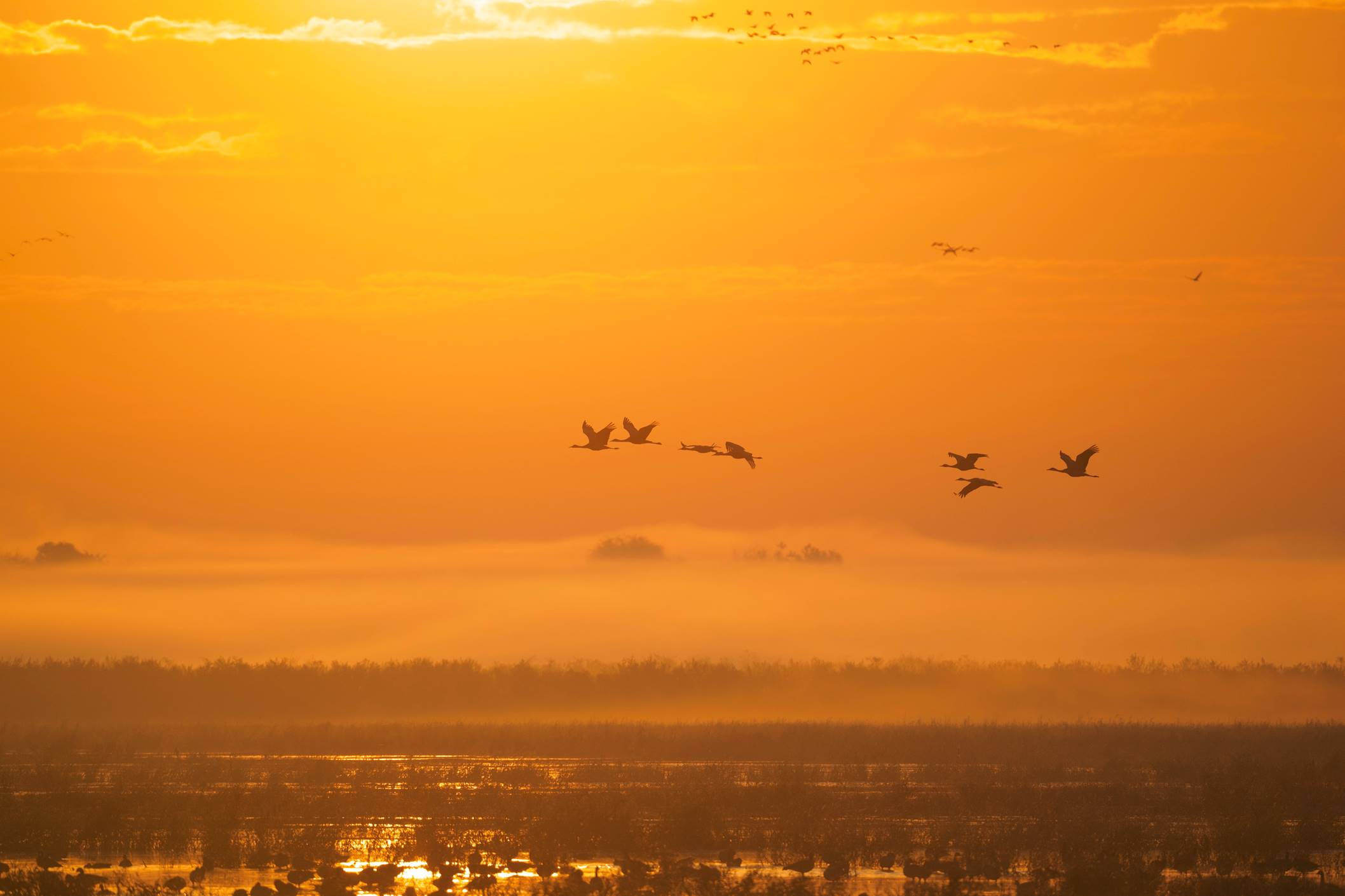
Sacramento Delta at sunset
Sierra Club California Submits Public Comment on Draft Environmental Impact Report for Delta Conveyance Project
Sacramento, CA – Sierra Club California has submitted public comment to the Department of Water Resources on the draft environmental impact report (EIR) for the proposed Delta Conveyance Project (also known as the Delta tunnel). The comment letter is available for public review here.
Smart Alternatives to the Bay Delta Conveyance Project
California needs a statewide water policy that gives all Californians adequate clean drinking water; respects and protects our rivers, streams, bays, and deltas; and supports a sustainable economy. We need an approach that recognizes the water supply and demand challenges that will come with global climate change and population growth. One that offers responsible, cost-effective solutions.
Maps
The bay checkerspot is a medium-sized butterfly in the brush-footed butterfly family (Nymphalidae). Image courtesy US Fish & Wildlife Service.
A healthy Delta is essential to California’s environmental future.
Support Sensible Alternatives to the Bay Delta Tunnels
The Delta tunnels, a proposal to divert Sacramento River water bound for the Sacramento-San Joaquin Delta, will not solve California’s water challenges. These tunnels would transport water directly to Central Valley farms and urban users in the Bay Area and Southern California. Sierra Club supports robust alternatives to the tunnels that would provide better long-term water security for all Californians and would have fewer negative environmental impacts.
A healthy Delta is essential to California’s financial and environmental future.
- The Bay-Delta ecosystem is collapsing partly because of excessive water diversions.
- The Bay Delta Conservation Plan, which includes the two 30-mile-long, 4-story-diameter tunnels, would accelerate the decline of the largest estuary on the west coast, which provides essential habitat for native and migratory species.
- Salmon runs that rely on a healthy Delta support a billion-dollar commercial salmon industry as well as a valuable recreational fishing economy in rural communities.
- The giant tunnels would ultimately reduce California’s water security by increasing dependence on unreliable water imports formany farmers and urban dwellers.
The tunnels are a risky and expensive proposition for California.
- The tunnels would provide a false sense of water security and encourage unsustainable use of water in cities and farms across the state.
- This project would burden Californians with an enormous financial commitment without guaranteeing any additional water for agriculture or urban areas. In dry years like 2014 –which scientists predict may become the norm due to our changing climate–there may not be enough water to move through the tunnels.
- If we gamble $67 billion on building the giant tunnels, there will not be enough money to invest in local solutions that would improve water security throughout the state and create local jobs through investment in smaller infrastructure projects.
- There are better ways to address California’s water challenges.
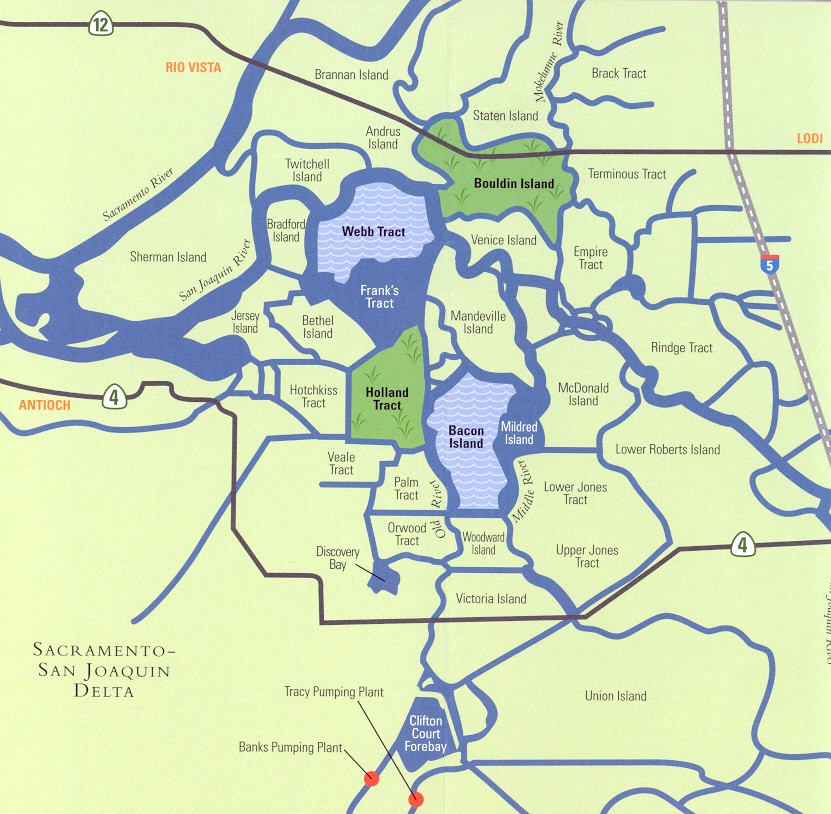
Sacramento – San Joaquin Delta overview map.
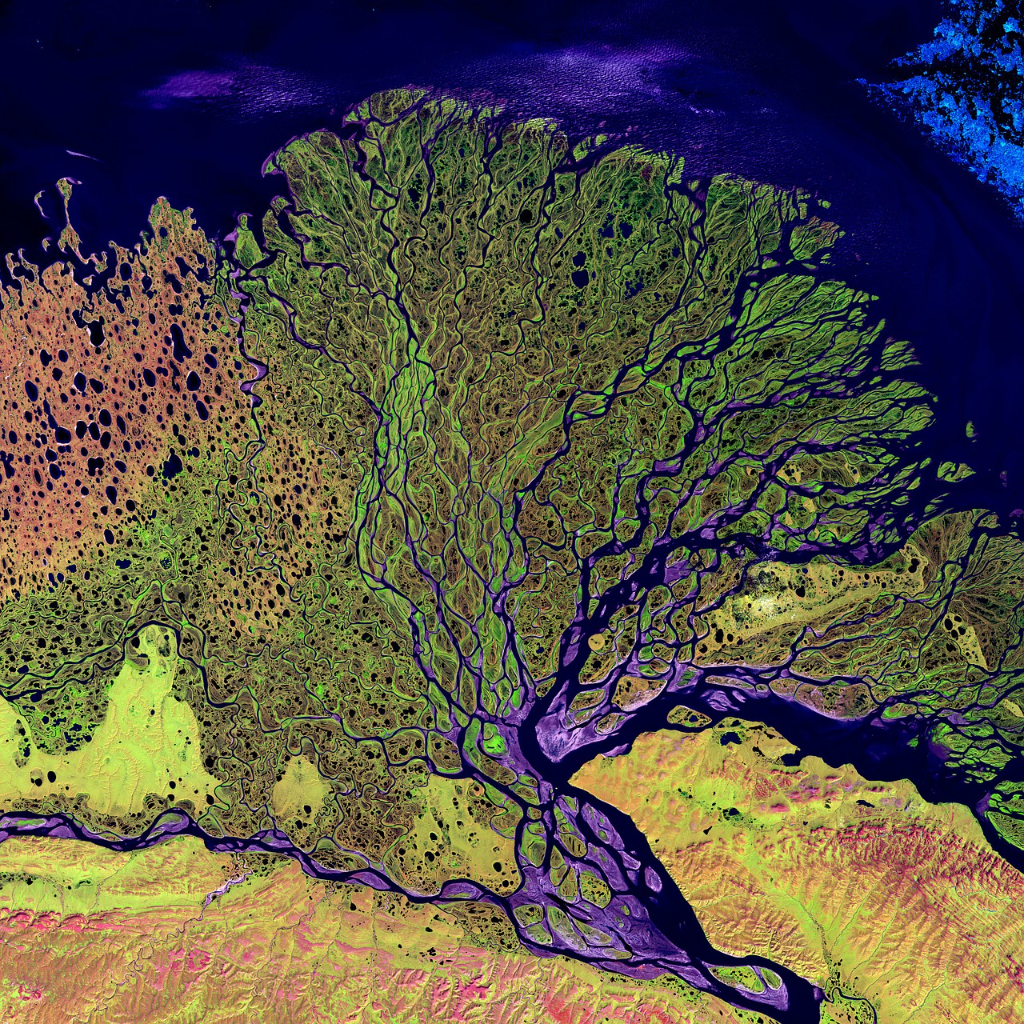
Delta Reserve. Image courtesy USGS EROS Data Center Satellite Systems Branch.
Support Regional Solutions to Improve Water Security
Improve Water Independence, Create Jobs and Reduce Environmental Impacts
- Encourage urban uptake of water efficient technologies. Landscaping uses roughly half of residential water. Replacing thirsty lawns with drought tolerant landscaping, installing smart irrigation technology, using rainwater and graywater , and promoting aggressive rebate programs for efficient appliances could reduce urban water use by 30%.
- Maintain existing infrastructure. About 10% of urban water is lost through leak sin aging distribution infrastructure, wasting energy and precious water.
- Require statewide water meters and detailed usage reports for consumers. California should accelerate the timeline for every home and business to have a dedicated water meter. Cities currently have until 2025 to complete this process. In an East Bay pilot study, home usage reports led to a 6.6% reduction in water use.
- Promote water recycling. Recycling municipal wastewater could save up to 2.3 million acre-feet annually, according to the Department of Water Resources. A successful water recycling program already exists in Orange County.
- Improve agricultural water efficiency. Agriculture uses 75 to 80 percent of California’s water. Agricultural conservation strategies — including weather-based irrigation controllers, drip irrigation and climate-appropriate crop selection — could yield over 3.4 million acre-feet in water savings.
- Manage groundwater sustainably. California is one of the few states in the nation that does not regulate groundwater, which has led to unsustainable levels of overdraft, damage to aquifer storage capacity, and dramatic land subsidence.
- Require water-neutral development. SB610 and SB221 require proof of available water supply for new development projects. These laws should be strengthened to more effectively prevent unsustainable growth. These and other measures could reduce statewide water demand by 9.7 million acre feet/year. That’s more water than is exported from the Delta even in rainy years.Sierra Club California supports common-sense alternatives to the costly giant tunnels gamble.
These and other measures could reduce statewide water demand by 9.7 Million acre feet/year. That’s more water than is exported from the Delta even in rainy years.
Sierra Club California supports common-sense alternatives to the costly giant tunnels gamble.
Lindsey Slough in the Sacramento River Basin.
Image by Steve Culberson for US Fish & Wildlife Dept.
Documents
Sierra Club California’s Smart Water Alternatives to the Bay Delta Conveyance Project
White Paper by Sierra Club California December 2022
California needs a statewide water policy that gives all Californians adequate clean drinking water; respects and protects our rivers, streams, bays and deltas; and supports a sustainable economy…
Stop the Bay Delta Tunnels and Fix Southern California Water Systems
Sierra Club Angeles Chapter Press release July 31 2014
Water agency money earmarked for the wrong-headed Bay Delta Tunnels in Northern California should be spent to upgrade and repair Southern California’s aging 100-year-old water system. It’s essential to prevent massive water loss due to broken water mains, a catastrophe that’s been unfolding…
Clean, Sustainable and Reliable Water Supply: Alternatives to the Giant Bay Delta Tunnels
White Paper by Sierra Club California December 2013
California needs a statewide water policy that gives all Californians adequate clean drinking water; respects and protects our rivers, streams, bays and deltas; and supports a sustainable economy…
Fact Sheets and PDFs on the Delta Project
Videos on the Delta
[Top header image: Delta Farming. © Paul Hames, California Department of Water Resources]
Sacramento-San Joaquin Delta Posts
Sierra Club California Submits Public Comment on Draft Environmental Impact Report for Delta Conveyance Project
FOR IMMEDIATE RELEASE December 16, 2022 Contact: Brandon Dawson, brandon.dawson@sierraclub.org Sierra Club California Submits Public Comment on Draft Environmental Impact Report for Delta Conveyance Project Sacramento, CA - Sierra Club California has submitted public...
Zombie Tunnel Project back to life as the Delta Conveyance
Posted on 22 February 2021 By Caty Wagner - SoCal Water Organizer, Sierra Club California For many years we have opposed this project through its many iterations. The Peripheral Canal of the 80’s, the Bay Delta Conservation Project of the 00’s, the California WaterFix...
Better alternatives to the Bay-Delta water grab
Gov. Jerry brown on Jan. 17 declared a state of emergency because of California's serious drought conditions. Many cities and counties have begun to feel the effects and have imposed water restrictions. One idea that's been pushed is the governor's plan to build giant...
Metropolitan Water District Raises Water Rates During COVID-19 Pandemic and Economic Downturn
By Charming Evelyn, Angeles Chapter Water Committee Metropolitan Water District, the water wholesaler that serves 26 local water agencies in the Southern California region, voted for a two-year budget that will raise water rates during the biggest economic downturn in...
California Drought: San Joaquin Valley sinking as farmers race to tap aquifer
Good coverage on SJV groundwater issues from SJ Mercury News. Photo: The River Project.
Delta Stewardship Council and its Delta Plan
The 2009 Delta Reform Act (SB7X 1; Water Code secs. 85000 et seq.) established the Delta Stewardship Council as an independent state agency. (The "independence" presumably means that the Council is not part of the Natural Resources Agency, and it is not subject to...

